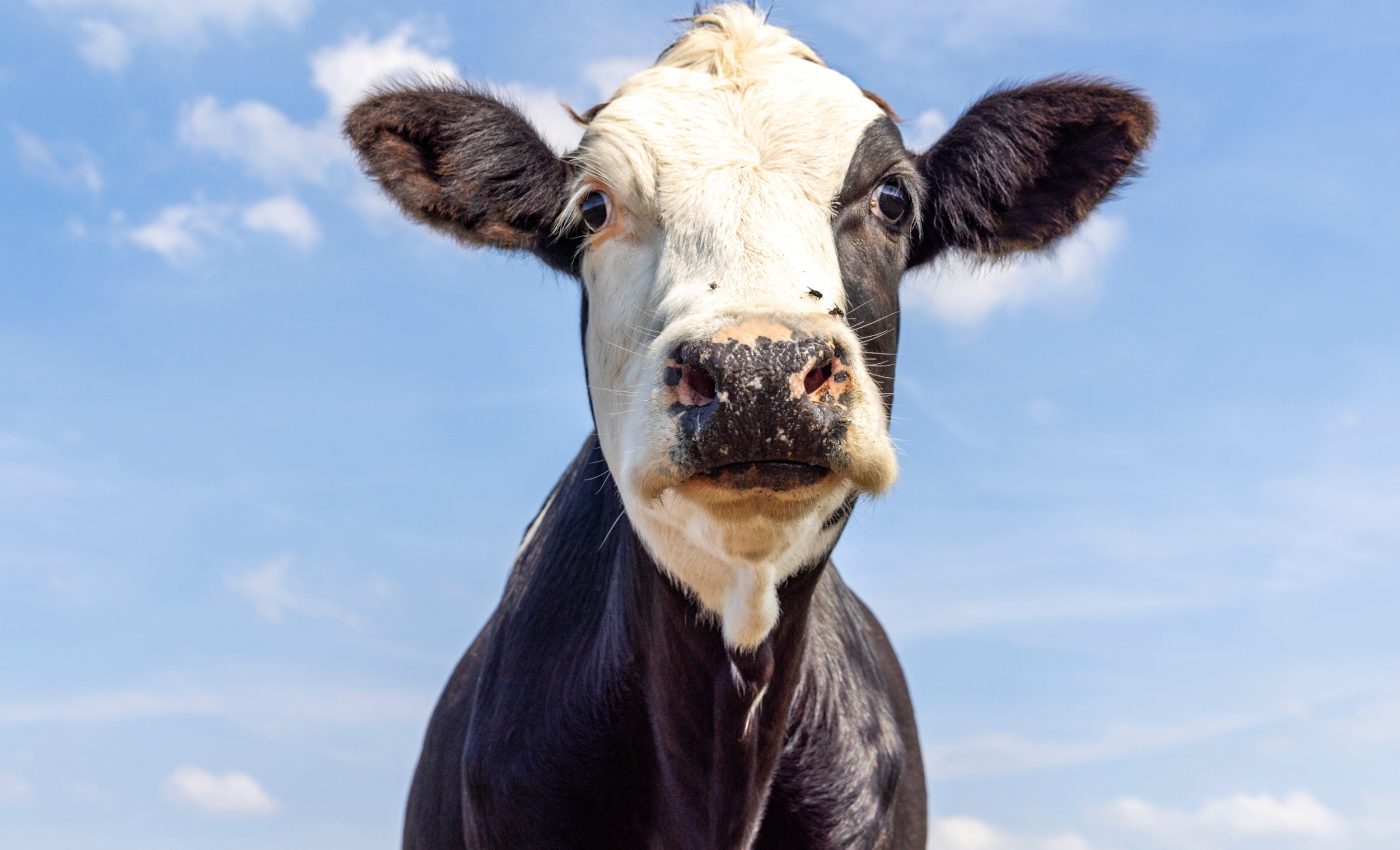
Dairy barn of the future: What if cows could choose where to go?
What if cows could choose where they wanted to be – inside the barn or out in the field? What if calves could grow up with their mothers instead of being separated early?
These aren’t dreamy ideas from a farm-loving imagination. They’re the backbone of a real plan called the “dairy barn of the future,” and it’s getting closer to reality.
The plan is not about adding shiny tech for the sake of it or building another showcase for visitors.
The new dairy barn concept flips the script on how we think about animal welfare, farm work, and the relationship between science and the public. And it starts with giving cows a say in how they live.
When cows choose how they live
In most traditional dairy setups, animals are moved around often, kept separate from their calves, and spend most of their time indoors.
The new concept tears up that script. Cows live in a stable herd where social bonds matter. They can move freely between barn, pasture, and paddock year-round.
This would mean no more being forced inside during winter or shuffled between groups.
Focusing on the welfare of cows
Inside the barn, the focus is on space, softness, and climate. There’s a huge free-lying area with soft bedding, good ventilation, and even trees.
And it’s not just for show. These changes improve how long and how well cows lie down – a key factor in their health and comfort.
The welfare benefits would extend beyond cows. The design includes automatic milking systems and smart feeding tools that adjust to each animal’s needs.
These tools track behavior and health in real time. That means farm staff can respond quickly to any problems, instead of spotting issues too late.
Watching cows without walking in
The barn includes something unusual for a farm: a visitor corridor. This setup lets people watch what’s going on without walking into the barn itself.
Guided tours, educational visits, and research activities can happen without putting the animals or their health at risk. It’s transparency without disruption.
Animal welfare and modern agriculture
Dr. Lisa Bachmann is a professor at Neubrandenburg University of Applied Sciences and research assistant at the FBN (project management).
Bachmann and her team are based in Dummerstorf, Germany – a place that happens to be a hotspot for animal welfare research.
“With this publication, we are presenting the concept in a comprehensive scientific manner – and highlighting the opportunities for research into animal welfare, resource efficiency and biosecurity, as well as for putting new concepts into practice,” said Dr. Bachmann.
“We are showing how animal welfare and modern agriculture go hand in hand.”
Making the digital model a reality
The advantage of working in Dummerstorf is that research institutes, agricultural experts, veterinarians, and behavior scientists are all in one place.
There’s pasture land right next to the campus, so cows can actually roam without the need to truck them down long paths.
The barn has already passed all building permit hurdles. The digital simulation is done. Everything’s ready except one thing: funding.
After the federal government pulled its financial support, the team behind the barn is looking for new partners – from farming groups to public officials to private funders – who are ready to help bring the digital model into the real world.
The simulation behind the barn
Before any concrete is poured, every detail of the barn has been tested in a digital simulation. That includes feeding paths, milking routines, and visitor flows.
Think of it like a test run. You can see where animals bunch up, where the feeding lines slow down, and what could be tweaked for better flow.
It’s not a flashy app or a gimmick. It’s a serious planning tool. The simulation helped the team optimize the design, spot potential problems early, and lock down the logistics of daily operations.
The researchers have used it to prepare for long-term studies that will measure not just animal health and behavior, but also emissions, work routines, and public opinion about this new style of dairy farming.
The future of cow welfare
Once built, the barn won’t just be a proof of concept. It will be a working lab, with real cows and real people, collecting real data. That’s how the team hopes to push forward better systems for both animals and farmers.
“Dummerstorf is ideal for this – there are many research institutions here that deal with animal welfare, right next door to each other, pasture land borders the campus, and we have the building permit,” said Dr. Bachmann.
“The digital barn simulation is ready – now we want to build the barn as a real-world laboratory together with partners.”
It’s one thing to talk about better farming. It’s another thing to build it, test it, and prove it works. The dairy barn of the future is ready to take that next step – if the right people step in to help.
The full study was published in the journal Journal of Dairy Science.
—–
Like what you read? Subscribe to our newsletter for engaging articles, exclusive content, and the latest updates.
Check us out on EarthSnap, a free app brought to you by Eric Ralls and Earth.com.
—–













